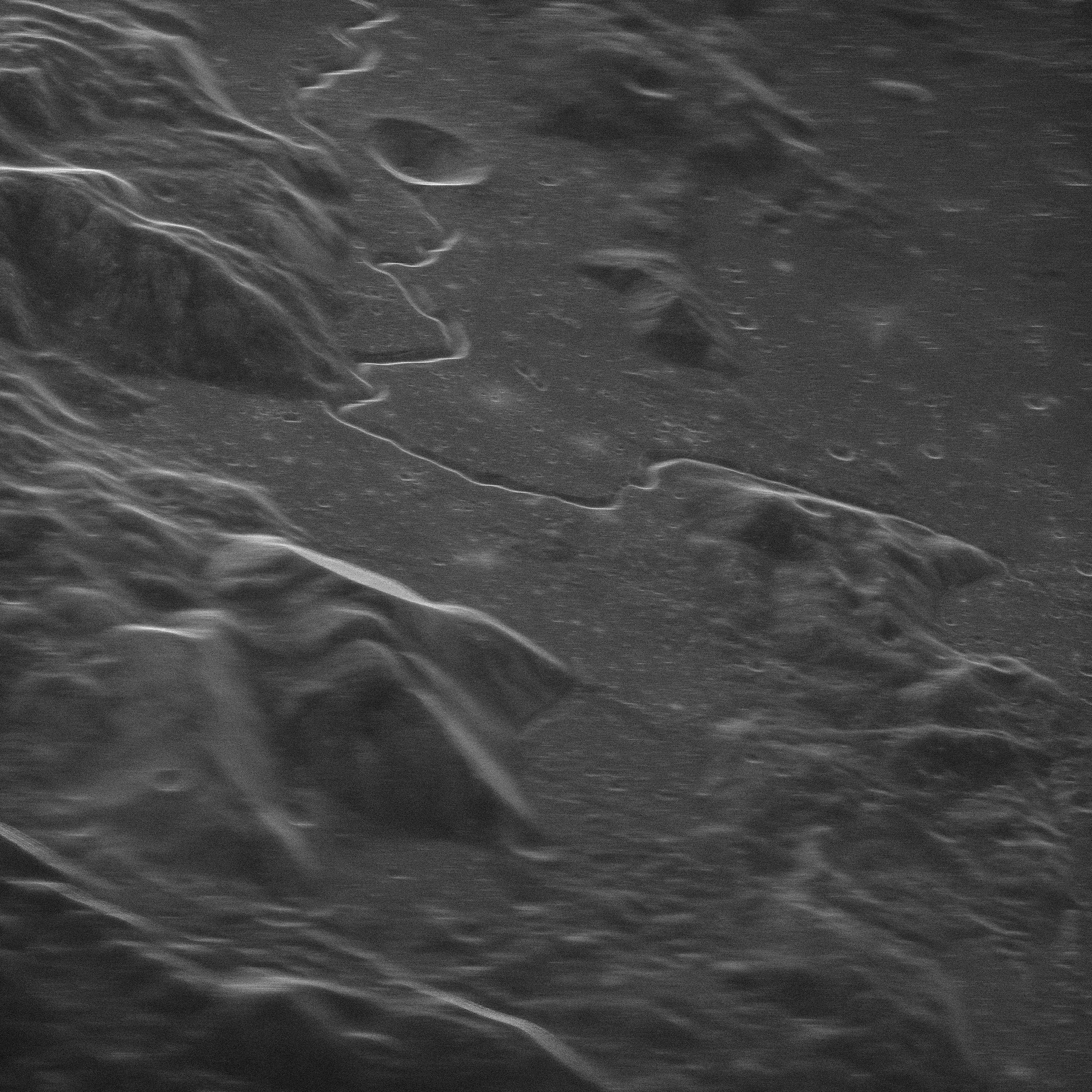The U.S. National Science Foundation National Radio Astronomy Observatory (NSF NRAO), in partnership with several leading Mexican universities and research institutes, has announced a series of landmark agreements and meetings aimed at advancing Mexico’s role in the Next Generation Very Large Array (ngVLA) project.
Recent News
Astronomers Discover a Superheated Star Factory in the Early Universe
Astronomers have uncovered a previously unknown, extreme kind of star factory by taking the temperature of a distant galaxy using the ALMA telescope. The galaxy is glowing intensely in superheated cosmic dust while forming stars 180 times faster than our own Milky Way.
Astronomers Share Largest Molecular Survey To-date: GOTHAM Legacy Data Goes Public
Astronomers in the “GBT Observations of TMC-1: Hunting Aromatic Molecules” research survey, known as GOTHAM, have released a spectral line survey with largest amount of telescope time ever conducted, charting more than 100 molecular species only found in deep space.
Successful Test Paves Way for New Planetary Radar

The National Science Foundation’s Green Bank Observatory (GBO) and National Radio Astronomy Observatory (NRAO), and Raytheon Intelligence & Space conducted a test in November to prove that a new radio telescope system can capture high-resolution images in near-Earth space.
GBO’s Green Bank Telescope (GBT) in West Virginia — the world’s largest fully steerable radio telescope — was outfitted with a new transmitter developed by Raytheon Intelligence & Space, allowing it to transmit a radar signal into space. The NRAO’s continent-wide Very Long Baseline Array (VLBA) received the reflected signal and produced images of the Apollo 15 moon landing site.
The proof-of-concept test, culminating a two-year effort, paves the way for designing a more powerful transmitter for the telescope. More power will allow enhanced detection and imaging of small objects passing by the Earth, moons orbiting around other planets and other debris in the Solar System.
The technology was developed as part of a cooperative research and development agreement between NRAO, GBO, and Raytheon.
“This project opens a whole new range of capabilities for both NRAO and GBO,” said Tony Beasley, director of the National Radio Astronomy Observatory and vice president for Radio Astronomy at Associated Universities, Inc. (AUI). “We’ve participated before in important radar studies of the Solar System, but turning the GBT into a steerable planetary radar transmitter will greatly expand our ability to pursue intriguing new lines of research.”
Using the information collected with this latest test, the participants will finalize a plan to develop a 500-kilowatt, high-power radar system that can image objects in the Solar System with unprecedented detail and sensitivity. The increased performance also will allow astronomers to use radar signals as far away as the orbits of Uranus and Neptune, increasing our understanding of the Solar System.
“The planned system will be a leap forward in radar science, allowing access to never before seen features of the Solar System from right here on Earth,” said Karen O’Neil, the Green Bank Observatory site director.
“Raytheon’s radar techniques could ultimately improve our ability to explore the Solar System,” said Steven Wilkinson, Principal Engineering Fellow at Raytheon Intelligence & Space. “Working with the astronomy community allows us to apply decades of radar know-how to a project that provides high-resolution images of near-Earth objects.”
“We are excited to be partnering with Raytheon and applying their radar expertise to transform our observatories’ telescopes in new science areas,” said AUI President Adam Cohen.
The National Radio Astronomy Observatory and the Green Bank Observatory are facilities of the National Science Foundation, operated under cooperative agreement by Associated Universities, Inc.
This news article was originally published on the NRAO website on January 28, 2021.
Recent News
NSF National Radio Astronomy Observatory and Mexican Institutions Sign Historic Agreements to Advance ngVLA Collaboration
The U.S. National Science Foundation National Radio Astronomy Observatory (NSF NRAO), in partnership with several leading Mexican universities and research institutes, has announced a series of landmark agreements and meetings aimed at advancing Mexico’s role in the Next Generation Very Large Array (ngVLA) project.
Astronomers Discover a Superheated Star Factory in the Early Universe
Astronomers have uncovered a previously unknown, extreme kind of star factory by taking the temperature of a distant galaxy using the ALMA telescope. The galaxy is glowing intensely in superheated cosmic dust while forming stars 180 times faster than our own Milky Way.
Astronomers Share Largest Molecular Survey To-date: GOTHAM Legacy Data Goes Public
Astronomers in the “GBT Observations of TMC-1: Hunting Aromatic Molecules” research survey, known as GOTHAM, have released a spectral line survey with largest amount of telescope time ever conducted, charting more than 100 molecular species only found in deep space.
